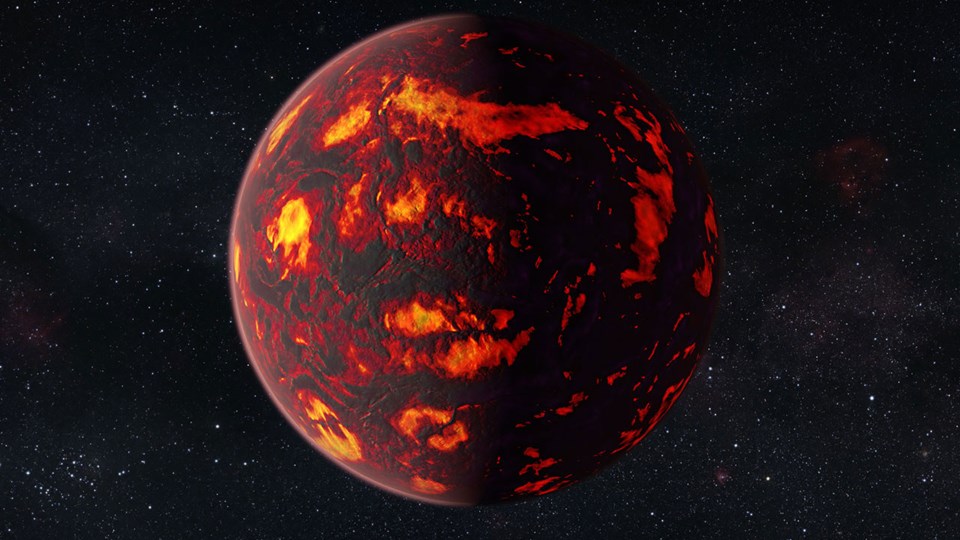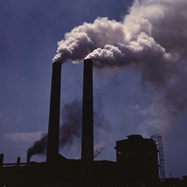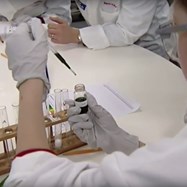First detection of gases in super-Earth atmosphere
An EU-funded project led by researchers from University College London (UCL) examined the atmosphere of the super-Earth planet 55 Cancri e in unprecedented detail including the first successful detection of gases in the atmosphere of a planet of this size.

The exotic exoplanet, 55 Cancri e, is over eight times the mass of Earth and is around 40 light-years from Earth. Super-Earths are thought to be the most common planetary type in our galaxy and are so-called because they have a mass larger than Earth but are still much smaller than the gas giants in the Solar System.
The research team used new processing techniques on data from the NASA/ESA Hubble Space Telescope to reveal the presence of hydrogen and helium in the planet’s atmosphere, but no water vapour – a potential sign of life - was found.
“This result gives a first insight into the atmosphere of a super-Earth. We now have clues as to what the planet is currently like, how it might have formed and evolved, and this has important implications for 55 Cancri e and other super-Earths,” said project leader Professor Giovanna Tinetti from UCL’s Physics and Astronomy department.
The research was funded by the Science and Technology Facilities Council and received more than €4.5 million through the European Research Council projects ExoLights and ExoMol.
-
Adam Clarke
adam.clarke@russellgroup.ac.uk
020 3816 1302
-
Stephanie Smith
020 3816 1310
 X
X


